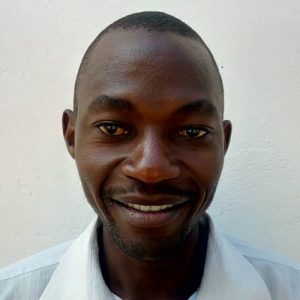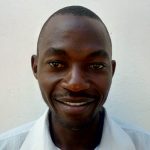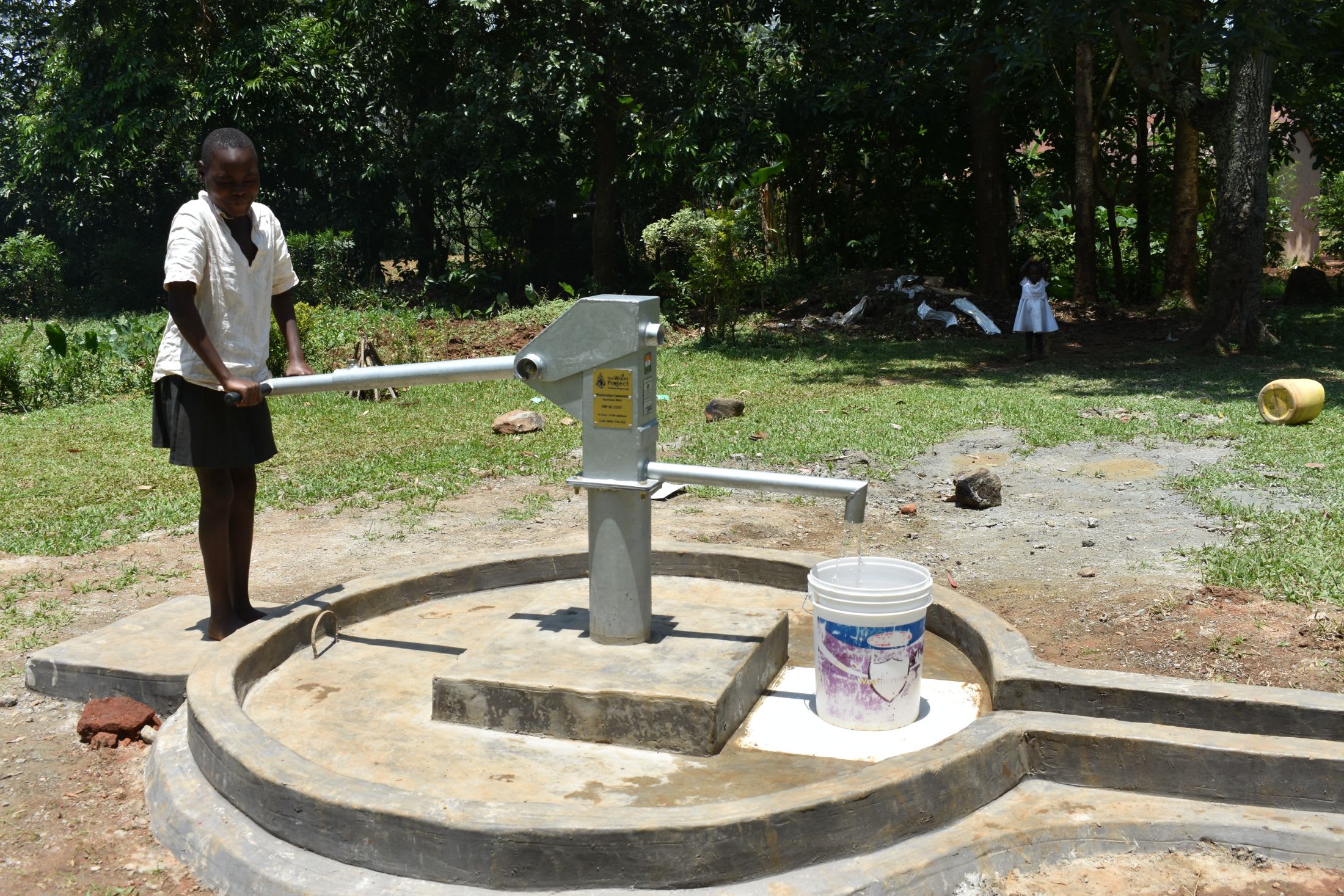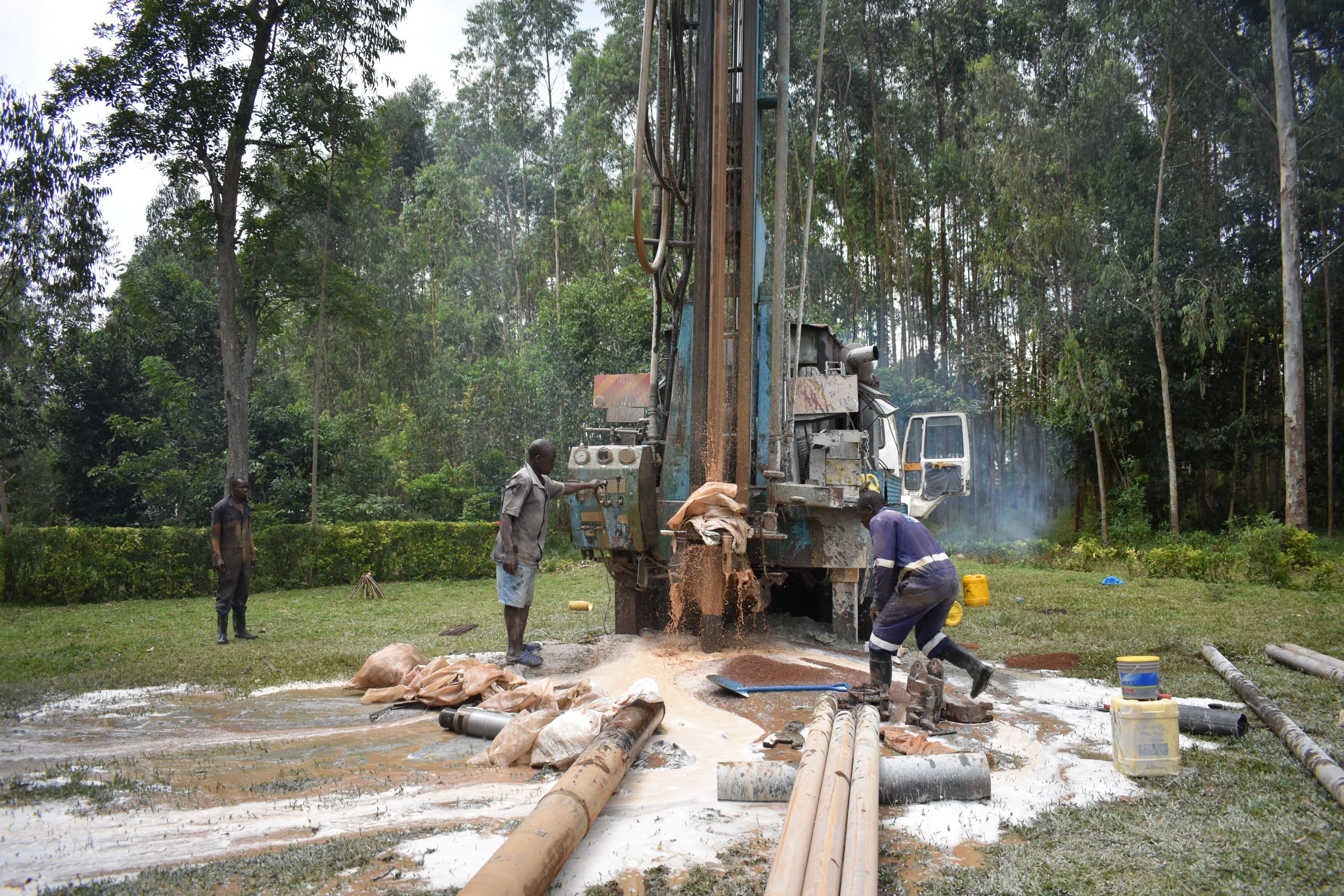The 350 people who live in the community of Khwihondwe do not have quick and easy access to water.
They have two primary water sources (a spring and a protected dug well) to try and meet their daily water needs. Still, both options have issues with overcrowding and seasonality, leaving them with low water discharge rates, especially during the dry season. Collecting water at either source is labor-intensive and frustrating.
The spring requires people to walk up to an hour, step into the water, place their containers under the spring pipe, and watch patiently as it slowly fills. Once the containers are full they then must haul the heavy water containers back home. It's time-consuming and exhausting.
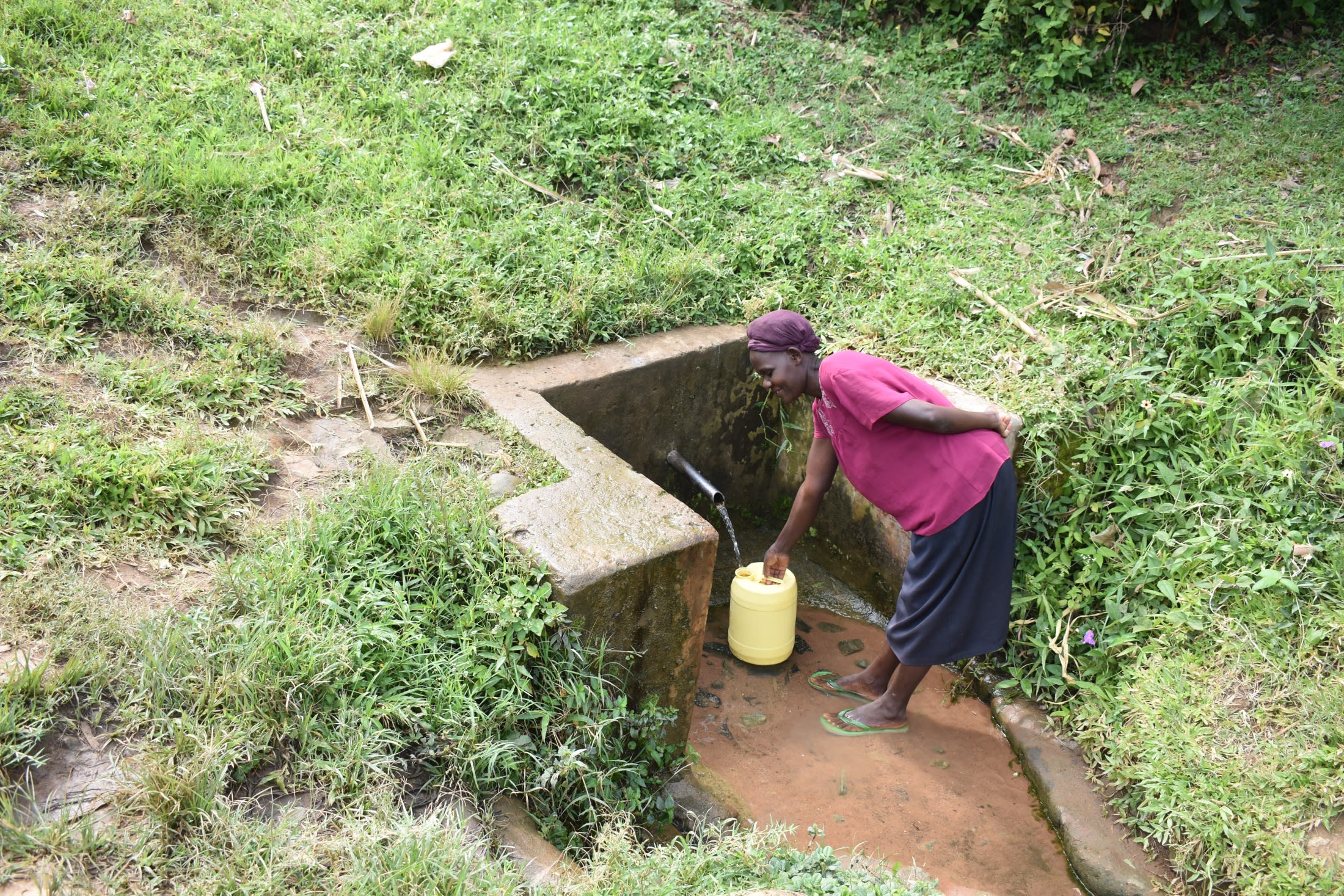
"[I] am unable to fulfill my daily schedule because of the time wasted at the water point looking for water. This has always affected me negatively," said 48-year-old farmer Berita Olwichi, shown above, trying to collect water from the dilapidated spring.
The protected dug well requires community members to tie their bucket to a rope, drop it into the well, and haul it back up, trying not to lose the water collected.
"[I] am not able to settle down and read after school because I delay at [the] water point looking for water," said 12-year-old Emmanuel M., shown below collecting risky water from the faraway spring.

The community members have to expend much time and energy on water, which can't be trusted and is likely making them sick. A new well in this community will allow people to access safe drinking water efficiently and give them back their time and energy for other essential things.
Note: This water point can only serve 300 people per day. We are working with the community to identify other water solutions that will ensure everyone has access to safe and reliable drinking water.
The Proposed Solution, Determined Together...
At The Water Project, everyone has a part in conversations and solutions. We operate in transparency, believing it benefits everyone. We expect reliability from one another as well as our water solutions. Everyone involved makes this possible through hard work and dedication.
In a joint discovery process, community members determine their most advantageous water solution alongside our technical experts. Read more specifics about this solution on the What We're Building tab of this project page. Then, community members lend their support by collecting needed construction materials (sometimes for months ahead of time!), providing labor alongside our artisans, sheltering and feeding the builders, and supplying additional resources.
Water Access for Everyone
This water project is one piece in a large puzzle. In Kenya, Sierra Leone, and Uganda, we're working toward complete coverage of reliable, maintained water sources that guarantee public access now and in the future within a 30-minute round trip for each community, household, school, and health center. One day, we hope to report that this has been achieved!
Training on Health, Hygiene & More
With the community's input, we've identified topics where training will increase positive health outcomes at personal, household, and community levels. We'll coordinate with them to find the best training date. Some examples of what we train communities on are:
- Improved hygiene, health, and sanitation habits
- Safe water handling, storage & treatment
- Disease prevention and proper handwashing
- Income-generation
- Community leadership, governance, & election of a water committee
- Operation and maintenance of the water point

 Borehole Well and Hand Pump
Borehole Well and Hand Pump
 Rehabilitation Project
Rehabilitation Project








